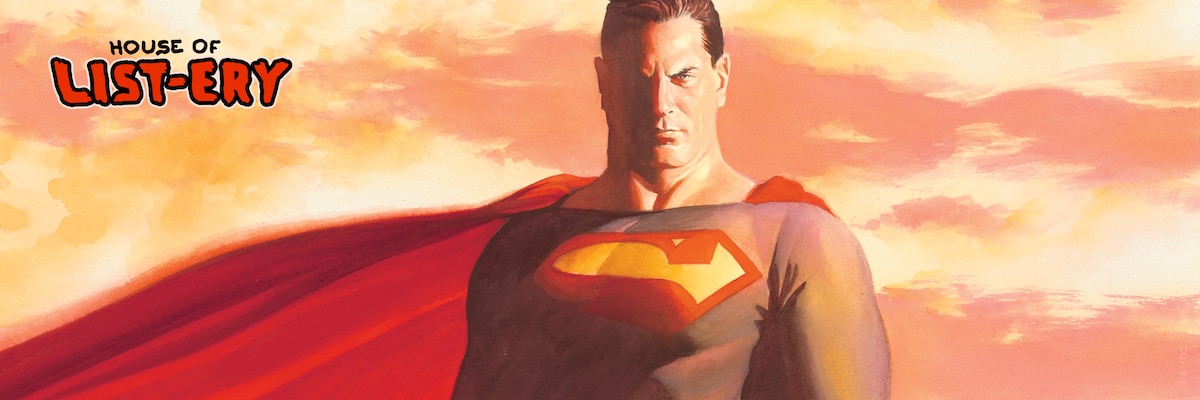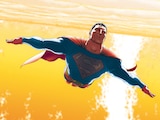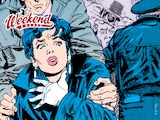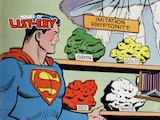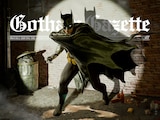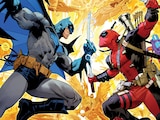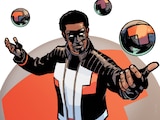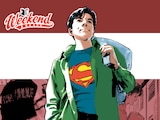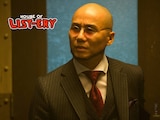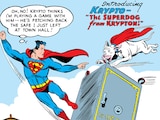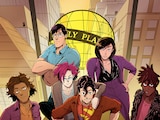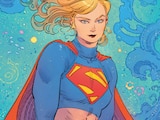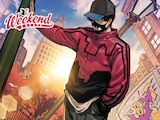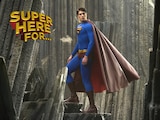Most every major American comic book artist has had a go at Superman. Whether it was a run on one of his solo series, a crossover book, or perhaps just one of the drawings they made when they were kids, obsessed with the Man of Steel and the power and freedom he represents. 1984’s Superman #400 alone offers visions from the likes of Jack Kirby, Frank Miller, Steve Ditko, Will Eisner and Moebius. But there are some artists whose work has shaped entire eras of Superman and American pop culture history. Here are seven such talents…


Joe Shuster
As the co-creator of the Man of Steel (alongside writer Jerry Siegel), Canadian-born Joe Shuster designed Superman and Lois Lane. But in addition to giving the Last Son of Krypton his distinct red-yellow-and-blue costume and cape (in order to convey motion within comic panels), Shuster crafted work that still captivates with its primal urgency. His Superman is a Depression-era and wartime social crusader, as likely to slug a wife beater or save someone wrongly convicted of a crime as he is to smash a super-villain. Shuster’s own story is as inspiring as his creation’s. Plagued with vision problems his entire life, he nevertheless used the visual medium of comics to create one of the world’s most iconic fictional characters.
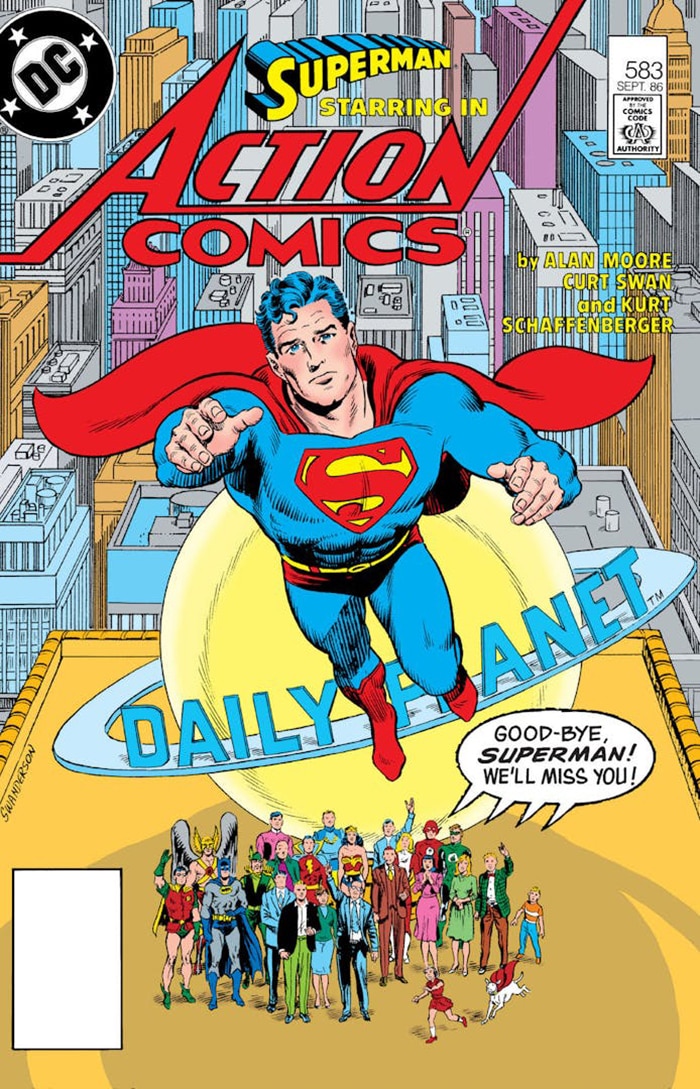

Curt Swan
The 1950s and ‘60s were an especially rich time for Superman. Featured in everything from his own TV show to cereal boxes to more comic book titles than any other superhero, the Man of Steel was at the zenith of his fame. His monthly artists—among them Al Plastino, Kurt Schaffenberger and Wayne Boring—were the first to draw Supergirl, Brainiac, Metallo, Perry White, the Legion of Super-Heroes, the Fortress of Solitude and the first Lois Lane solo series. But the artist whose work best defined the post-war era was Curt Swan.
Swan made his mark illustrating the first team-up of Superman and Batman (in 1952’s Superman #76) and drew almost every other tale in the 1950s World’s Finest. He’d serve as the regular penciller on Superman’s Pal, Jimmy Olsen, and eventually draw more Superman comics than any artist ever.
Swan’s biggest contribution to the Man of Steel’s legend was simply making him breathe. He drew Superman as though he really existed. Not as an all-powerful god, but a big brother, a cool uncle, a friend—someone kids could look up to at the height of Cold War anxiety. Swan’s Superman was also the one Christopher Reeve would channel in the 1978 Superman movie. Swan’s career capstone was the final pre-Crisis on Infinite Earths Superman story: 1986’s unforgettable “final” Superman story, “Whatever Happened to the Man of Tomorrow?” (written by Alan Moore).
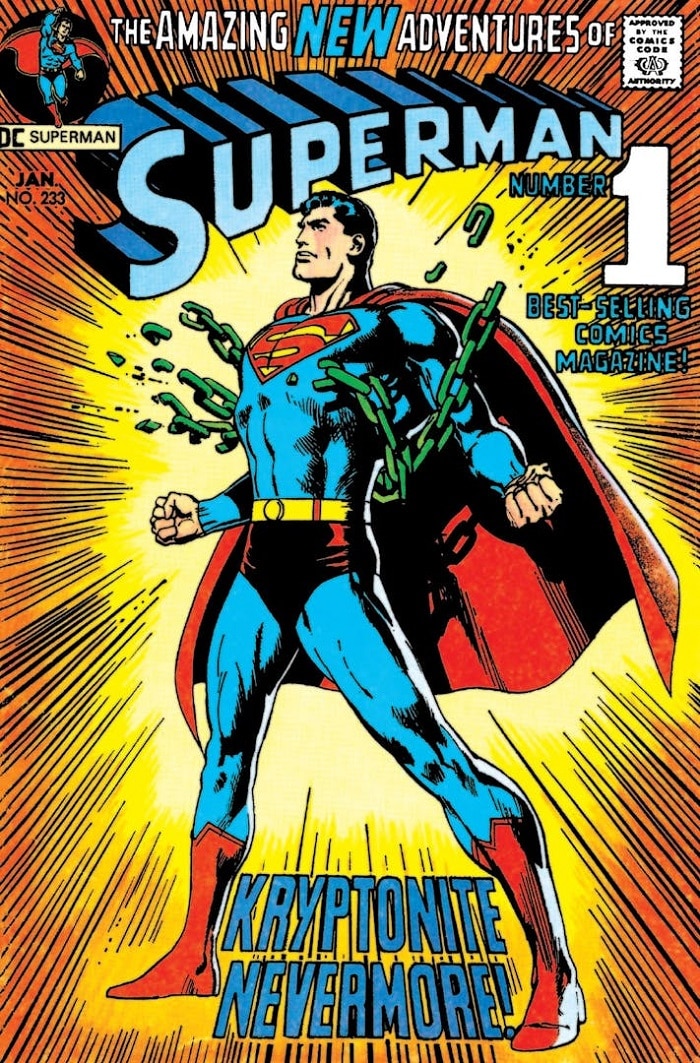
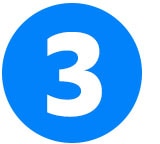
Neal Adams
If Curt Swan’s Superman was the friend folks wished for in the 1950s and ‘60s, Neal Adams was the ideal they aspired to. Adams was comics’ master draftsman of the late ‘60s and ‘70s, and like his other characters—most notably Batman and Deadman—his Superman was shiver-inducing in his photorealism. Adorning scores of unforgettable comic covers (including 1971’s iconic Superman #233), Adams’ Supes also featured in the landmark 1978 one-shot Superman vs. Muhammad Ali (written by his Green Lantern/Green Arrow collaborator Denny O’Neil). The key role Adams played in securing Superman creators Jerry Siegel and Joe Shuster their pensions and creator credits cemented his legacy.

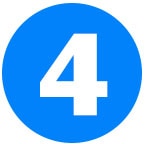
José Luis García-López
Perhaps no comic artist has defined the look of Superman in the eyes of the general public as much as Spanish-Argentine illustrator José Luis García-López. Like Neal Adams, García-López was a preternaturally gifted draftsman, who imbued his characters with a warmth and charm all their own. First drawing the Man of Steel in a handful of Superman and World’s Finest issues, as well as the 1977 one-shot Superman vs. Wonder Woman, García-López would design the legendary 1982 DC Comics Style Guide. Recently reprinted, the guide would serve as the source of almost all DC licensing art through the 1980s, including lunchboxes, pajamas and Kenner’s DC Super Powers line of action figures.
García-López’s art also served as the template for 1984’s animated Super Friends: The Legendary Super Powers Show and 1985’s The Super Powers Team: Galactic Guardians, along with Tweeterhead’s line of collectible Super Powers maquettes. Even folks who’ve never seen a Superman comic book or movie have most likely encountered García-López’s art, making him the Man of Steel’s—and indeed the entire DC Universe’s—ambassador par excellence.
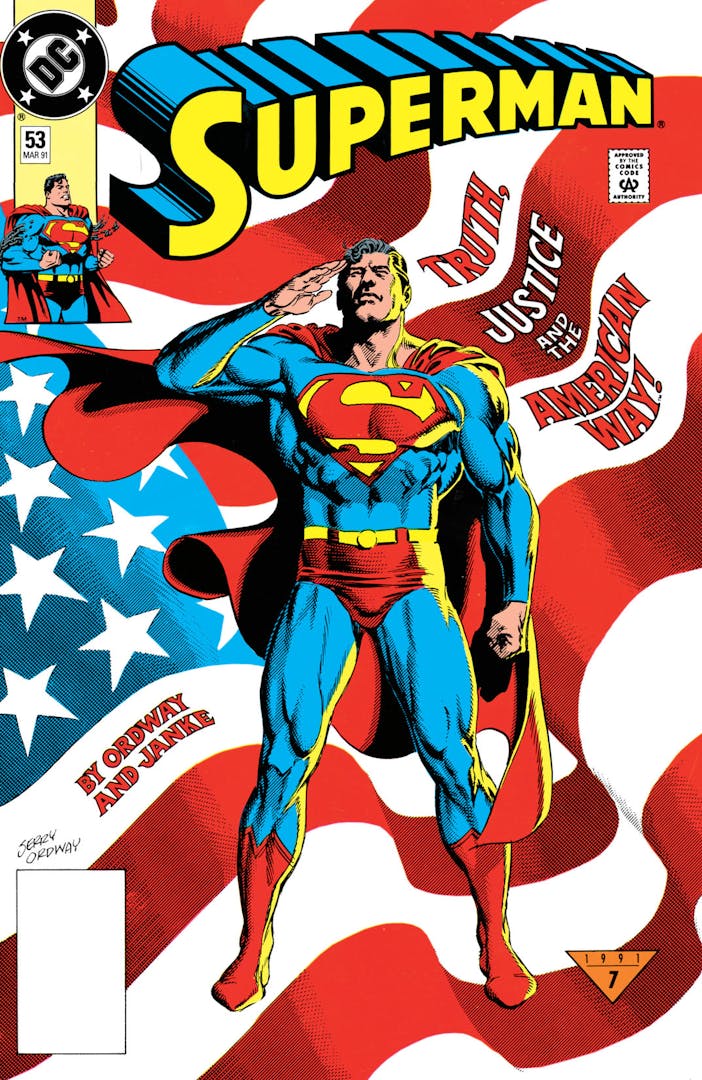

Jerry Ordway
The 1990s/early 2000s “Triangle Era”—spanning the Death and Return of Superman, the Wedding of Lois and Clark, Superman Red & Blue, President Luthor, and countless other tales—was one of the most fertile in Superman history, with no end of talented artists in near perfect sync through the Man of Steel’s weekly adventures. Dan Jurgens, Jon Bogdanove, Jackson Guice, Tom Grummet, Ed McGuinness… The list goes on and on. But if there’s one artist fans of this era could count on to provide the heart of Superman, it was Jerry Ordway. Alternating effortlessly between the serene calm of one who could shatter planets and the action ace of Siegel and Shuster, Ordway’s Superman was the post-Crisis iteration at his finest.
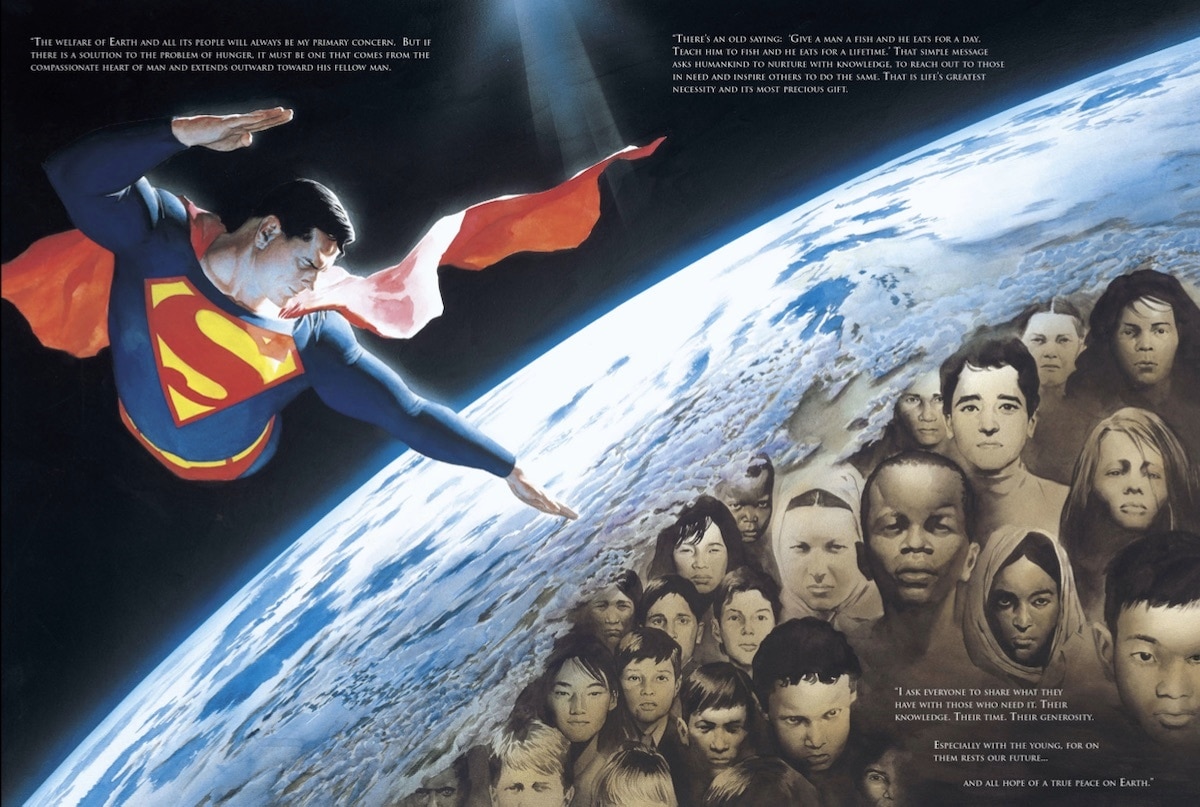

Alex Ross
With an unparalleled ability to portray superheroes as though they not only exist, but appear more real than our own friends and family, Alex Ross makes Superman come alive like no other artist. Depicting the Man of Steel in 1996’s four-issue Kingdom Come (written by Mark Waid), the 1998 one-shot Superman: Peace on Earth (the first of six such collaborations with writer Paul Dini), and loads of covers and collectibles, Ross fuses Renaissance art with Norman Rockwell in his work, adding a healthy dose of Neal Adams’ dynamism. And, with the possible exception of Mark Waid, Ross is second to no one in his love of Superman. It shows in every one of his fabled brushstrokes.
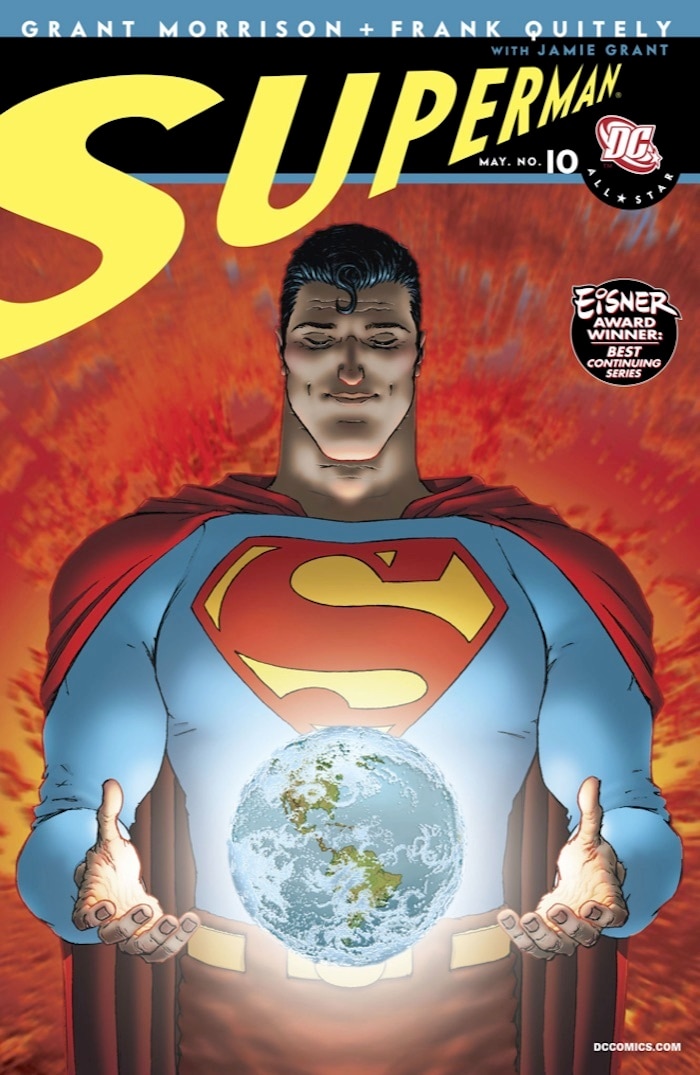

Frank Quitely
In just twelve issues of 2005’s All-Star Superman, artist Frank Quitely (and his longtime collaborator/writer/fellow Scotsman Grant Morrison) stripped Superman down to his essence as the ultimate altruist—a man with near limitless power who devotes his life to helping the powerless. From a distance, Quitely’s an atypical Superman artist. His craggly-faced characters channel Euro art comics more than the character’s Americana. But Quitely’s Superman has resulted in more memes and YouTube essays than any other 21st century comic artist. One need look no further for his influence than this summer’s Superman movie, which director James Gunn says was inspired by Quitely and Morrison’s transcendent saga.
Who’s your favorite Superman artist? Let us know over in the DC Community!
Joseph McCabe writes about comics, film and superhero history for DC.com. Follow him on Instagram at @joe_mccabe_editor.
NOTE: The views and opinions expressed in this feature are solely those of Joseph McCabe and do not necessarily reflect those of DC or Warner Bros. Discovery, nor should they be read as confirmation or denial of future DC plans.
